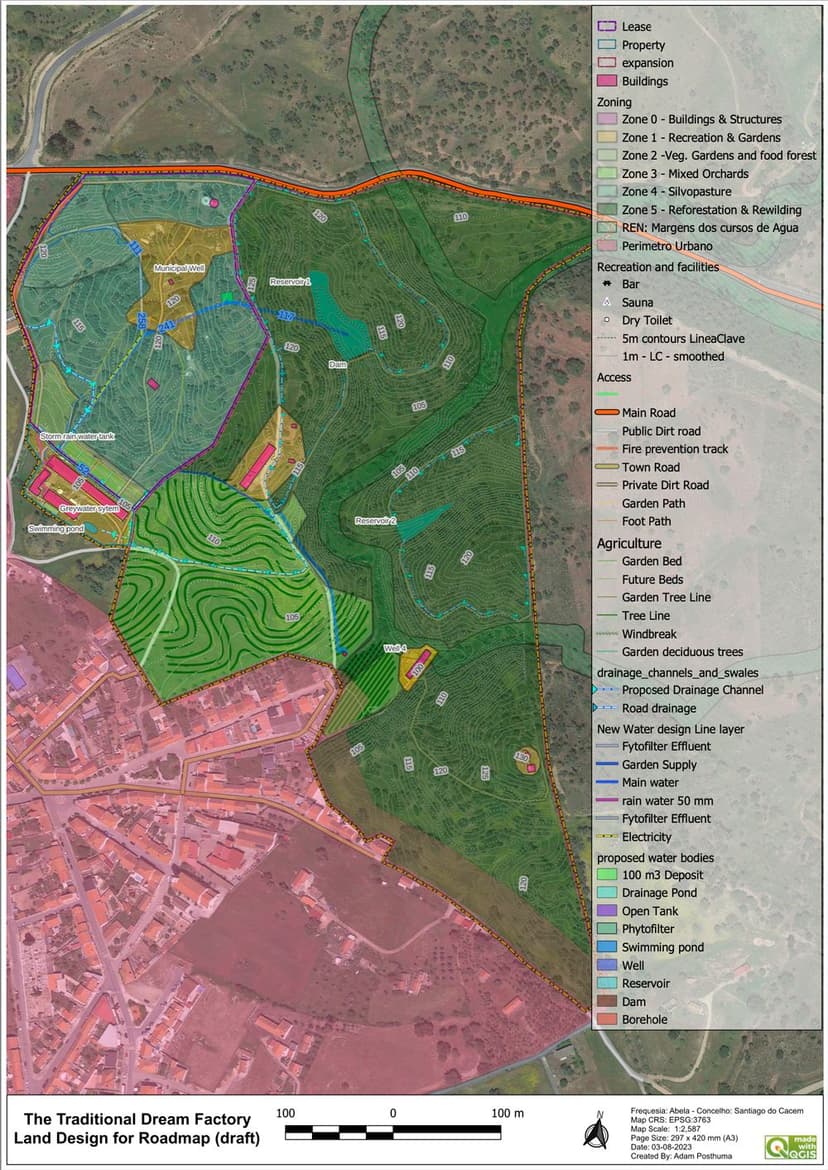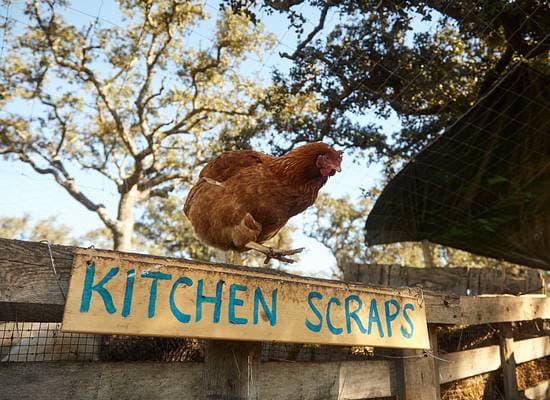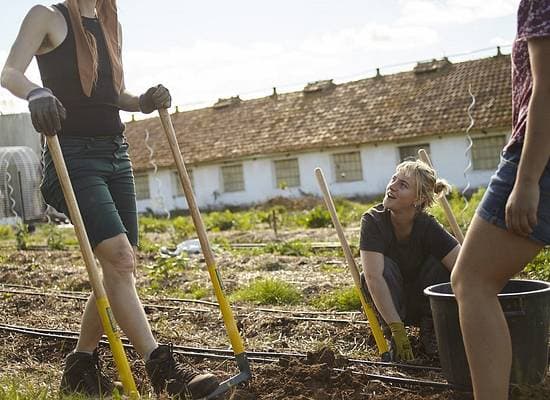water-retention
Why we are building water retention landscapes to sustain a productive agroforestry systems in Alentejo

The Alentejo region where TDF is located is experiencing a water crisis that threatens both its natural ecosystems and agricultural productivity. Climate change has already raised global temperatures by 1.5°C, with no immediate signs of reversing this trend. Projections suggest that, without significant intervention, temperatures could increase by another 2–5°C over the next century. In Alentejo, these rising temperatures exacerbate already dry conditions, leading to reduced rainfall, extreme summer heat, and frequent droughts. Once known for its fertile lands, Alentejo now faces accelerating desertification, endangering both local ecology and agricultural potential. Establishing productive agroforestry systems—those that integrate trees and agriculture—requires a sustainable water management approach that goes beyond traditional methods. Water retention landscapes offer a solution by capturing, storing, and gradually releasing water to the soil, creating conditions for robust, drought-resilient agroforestry.
Here are some best practices for establishing effective water retention landscapes:
1. Earthworks and Contour-Based Water Management
- Swales, Berms, and Contour Trenches: Earthworks like swales, berms, and contour trenches help to slow down water flow, reduce erosion, and maximize groundwater recharge. Swales, in particular, are shallow channels that capture water along the landscape’s contour, allowing water to slowly infiltrate the soil rather than running off. Berms, which are raised soil mounds along the swales, further assist in holding water in place.
- Keyline Design: Keyline design is a method that directs water to areas with higher soil infiltration capacity. By aligning earthworks along natural land contours, water can be strategically directed to retain moisture across larger landscapes, supporting plant growth and reducing runoff.
2. Reforestation and Agroforestry
- Native and Deep-Rooted Species: Planting native trees and shrubs with deep root systems helps stabilize soil and increase water retention. Trees also create shade, which reduces evaporation, and establish a “biotic pump” effect where tree canopies help draw moisture into the local atmosphere and retain it in the soil.
- Agroforestry Systems: Integrating trees with agricultural crops (agroforestry) can create a microclimate that enhances water efficiency and improves soil quality. Food forests and silvopasture (mixing trees with grazing livestock) are particularly effective in arid regions, as they establish diversified layers of vegetation that reduce water needs and maintain soil structure.
3. Rainwater Harvesting and Reservoirs
- Catchment and Storage: Catchment systems collect rainwater from roofs or other impermeable surfaces, channeling it into storage reservoirs or tanks for use during dry periods. Large water tanks or small reservoirs are ideal for storing water for both human and agricultural needs, ensuring water availability even in times of drought.
- Pond and Reservoir Placement: Ponds should be strategically placed in low-lying areas or locations that receive natural runoff, allowing them to capture and store rainwater effectively. Using natural filtration systems (e.g., gravel beds or plant-based filters) within ponds helps maintain clean water quality, benefiting surrounding flora and fauna.
4. Soil Building and Mulching
- Composting and Cover Crops: Building organic matter in the soil through composting and cover crops enhances soil fertility, water-holding capacity, and root penetration. Cover crops, such as clover or alfalfa, can be planted between other crops or in fallow periods to protect the soil from erosion while adding organic matter.
- Mulching: Adding mulch (e.g., straw, wood chips, or leaf litter) helps to retain soil moisture, reduce evaporation, and moderate soil temperatures. Mulching is especially effective in dry climates, as it protects the soil from rapid moisture loss, allowing plants to access more water over time.
5. Filtration and Biopools
- Natural Filtration Systems: Filtration boxes containing materials like gravel or sand, as well as water-purifying plants, are excellent for maintaining clean water in ponds, pools, and other water bodies. Adding plants such as cattails or water hyacinths to biopools can help absorb nutrients and filter out pollutants, keeping water clear and healthy.
- Biopools for Habitat and Irrigation: Constructed biopools mimic natural water bodies, often using rock and plant systems to filter and oxygenate water. These pools are an ecological alternative to chemically treated pools, creating habitats for local wildlife and offering a source of clean water for irrigation.
Water Retention Strategies at the Traditional Dream Factory (TDF)
At the Traditional Dream Factory (TDF) in Alentejo, Portugal, water retention strategies are critical due to the region's susceptibility to drought and desertification. The TDF’s planned water retention landscape includes a series of ponds, swales, and reservoirs, each designed to harness and manage water across the 25-hectare property. Here’s a detailed look at the design and purpose of each component:
1. Upper Reservoir
- Location and Function: TDF plans to install a small water reservoir (~50 square meters) at the highest point of the property, around 125 meters above sea level. This reservoir will capture and store rainwater, providing a gravity-fed water source to supply the rest of the landscape below.
- Gravity-Fed Distribution: Placing the reservoir at the highest elevation enables water to flow naturally down the hillside, reducing the need for pumps and other energy-intensive systems. This is crucial for passive irrigation and maintaining moisture across various points on the property.
2. First Pond and Captation Ditch
- First Pond: Located around 115 meters above sea level, the first pond is approximately 50 meters long and 7 meters wide. This pond captures overflow from the upper reservoir and serves as a primary water body for the upper part of the property, supporting local vegetation and wildlife.
- Captation Ditch: A small swale, or captation ditch, with a 0–0.5° slope channels water from both the upper hillsides to the first pond. This ditch slows and spreads water flow, allowing infiltration into the soil and reducing erosion, and guides any excess water into the pond below.
3. Water-Harvesting Temple
- Positioned above the first pond is a temple structure equipped with a mesh capturing moisture from the air and directs it to the pond. Below the deck, a small heated pool circulates water that is filtered through a gravel and banana plant filtration box before entering the pond.
- Filtration Box: The filtration system consists of gravel and banana plants, both of which help purify water by removing sediments and excess nutrients. This filtered water then flows into the pond, supporting a clean and nutrient-balanced ecosystem.
4. Biopool with Secondary Swale
- Secondary Swale: Further down at around 110 meters above sea level, a second swale collects water and filters it through a gravel-filled filtration box. This water then flows into the biopool, a natural pool designed to provide clean, filtered water for the TDF property.
- Roof Water Harvesting: The biopool also receives water from a roof catchment system covering 1,400 square meters, which can capture an estimated 800 cubic meters of water per year. This water, along with runoff from the patio, enters the biopool, adding a significant source of filtered water for both recreational and irrigation uses.
5. Future Developments: Expanding Water Retention Across the Property
- Additional Lakes and Swales: The TDF master plan includes two additional large lakes that will act as major water reserves. Multiple swales will direct water toward these lakes, enhancing soil moisture and supporting vegetation across the property.
- Final Pond in the Syntropic Orchard: At the lowest point of the property, a final pond will be established within a productive syntropic orchard. This pond will capture excess water runoff from higher elevations, ensuring that the orchard remains well-hydrated and resilient through dry periods.
What to read next

Permaculture Garden 101: Revolution Disguised as Gardening
Head over to our Learning Hub to become a Wanderer and unlock access to the full video class, along with many others.Permaculture Garden: A revolution Disguised...

Permaculture Course Portugal - A 14 Day Immersion
If you’ve been craving a deeper connection with the Earth, wanting to learn how to grow your own food, build real community, and live more in tune with nature, ...

Mushroom Classes: Mycelial Mastery Course at TDF
There’s something grounding about working with fungi: their slow growth, their quiet persistence, their invisible strength. Our mushroom classes in Portugal are...

